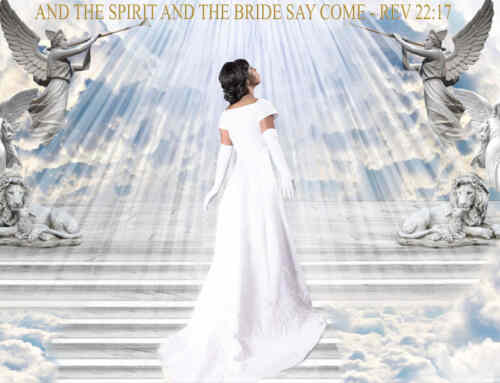In Acts 2:25-28, the Apostle Peter quotes Psalm 16:8-11 and then explains these verses in Acts 2:29-35. “Brothers, I can tell you confidently that the patriarch David died and was buried, and his tomb is here to this day. But he was a prophet and knew that God had promised him an oath that he would place one of his descendants on his throne. Seeing what was ahead, he spoke of the resurrection of Christ, that he was not abandoned to the grave, nor did his body see decay. God raised this Jesus to life, and we are all witnesses to the fact. Exalted to the right hand of God, he has received from the Father the promised holy spirit and has poured out what you now see and hear. For David did not ascent to heaven, and yet he said, ‘The Lord said to my Lord: “Sit at my right hand until I make your enemies a footstool for your feet.”’
The Apostle Paul also shares Peter’s thought when he says in Acts 13:36-37, “For when David had served God’s purpose in his own generation, he fell asleep; he was buried with his fathers and his body decayed. But the one whom God raised from the dead did not decay.” From this quote and from the context of Acts 13 we believe that it is Jesus that David referred to in Psalm 16:10 and not himself. David’s body was buried and saw “decay.” Our Lord’s body was not left in the grave. It did not see decay. God disposed of Jesus’ fleshly body and resurrected Him with a spiritual one.









